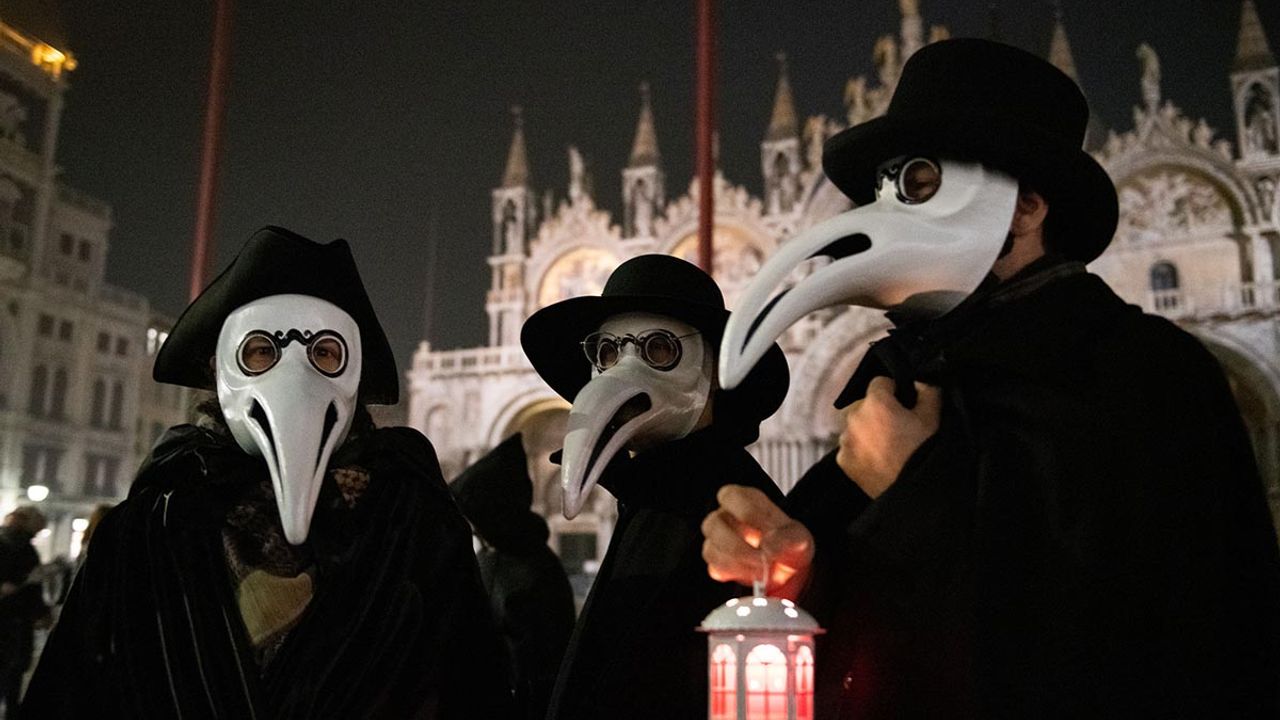New facts have emerged about how the plague, which is estimated to have killed 25 million people in the Middle Ages, spread.
Yersinia pestis, the bacterium that causes the plague known as the Black Death, spreads naturally among rodents and fleas. Since fleas are known to bite humans and transmit the disease, it is thought to be the cause of plague outbreaks.
A study published in the journal PLOS Biology suggests that body lice may be more effective at transmitting the plague bacteria than previously thought, and may therefore be helping to increase the numbers in bubonic plague outbreaks.
Body lice are parasites that can spread disease and usually affect people living in crowded conditions. Scientists evaluated the speed at which body lice spread the bacteria in the laboratory.
Lice fed on blood samples containing Yersinia pestis in an artificial skin that mimicked the temperature of human skin became infected. The level of bacteria in the samples was close to that of real human cases.
These lice began to spread the bacteria by sucking blood from the artificial skin.
The researchers also found that the bacteria could infect the lice's salivary glands. These salivary glands transmitted the pathogen more consistently than lice, which only carry the infection in the digestive tract.
The glands secreted a kind of lubricant that is thought to transmit the bacteria to the lice's mouthparts. Scientists believe that these lice may have bitten humans, transmitted the disease and played a role in the outbreak.















